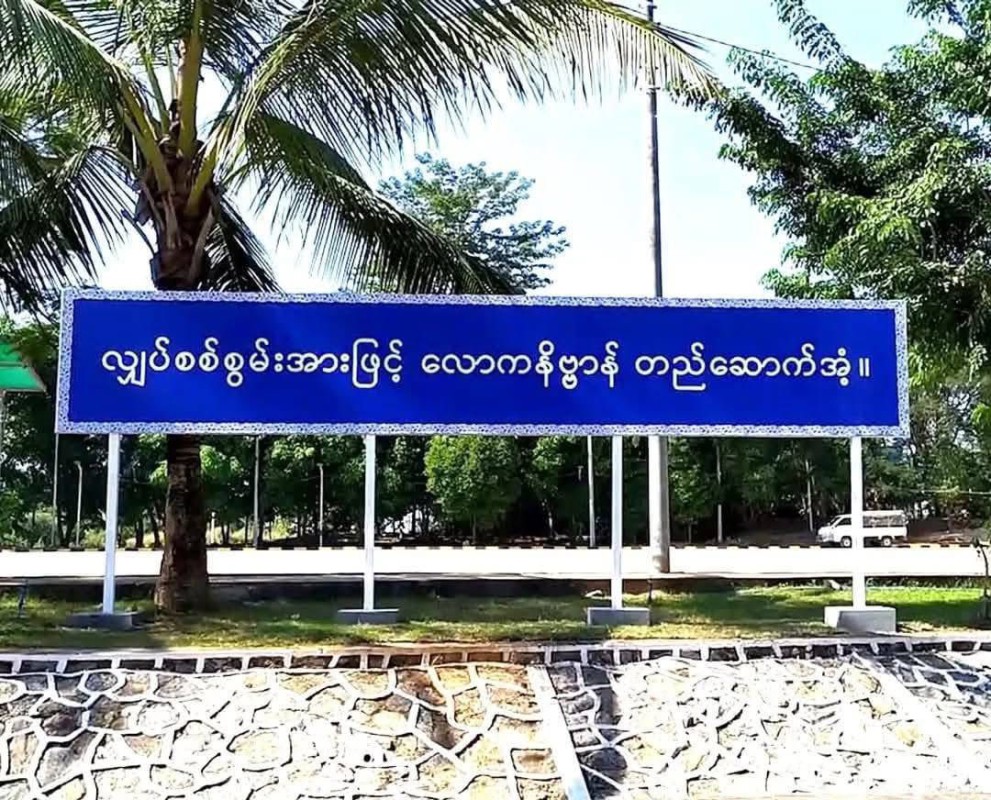Myanmar’s power outage crisis reaches unprecedented levels in early 2025

1177

Tun Mon Thet (NP News) - Jan 14
Since January 1, 2025, people across Myanmar, including residents of major cities like Yangon, Mandalay, and Naypyidaw, have been enduring the worst power outage in the country’s history. This crisis has affected both urban and rural areas, leaving citizens without prior warning or explanation from the authorities.
Four to five days after the outages began, the Ministry of Electric Power (MOEP) released announcements through social media.
According to these statements, residents of Yangon will have access to electricity for only eight hours per day under a rationing system that alternates between four hours of power followed by eight hours without.
Similarly, residents of Mandalay will receive electricity for only six hours each day, alternating between three hours of power and nine hours without. In the Naypyidaw Union Territory, the general public will have access to electricity for 16 hours, followed by an eight-hour outage. Meanwhile, housing for civil servants in Naypyidaw will receive 18 hours of electricity, followed by a four-hour power cut.
The aforementioned schedules are based on the statements and announcements issued by the MOEP. However, the actual situation on the ground differs significantly from these official schedules. The public is facing unexpected additional power outages, compounding the challenges imposed by the rationing system.
The electricity situation in Myanmar has been deteriorating since the political transition in 2021. In the early stages of the crisis, opposition groups launched campaigns urging people to refuse paying electricity bills. Later, as opposition groups escalated their actions into so-called armed resistance against the Tatmadaw, numerous power towers, power stations, substations, national grids, and sub-grids were sabotaged, bombed, and destroyed by insurgents and terrorist groups across the country.
Myanmar, one of the least developed countries in Southeast Asia, ranks among the lowest in the region in terms of electricity consumption capacity, living standards, purchasing power, per capita income, and several other developmental indicators. Before 2021, under normal circumstances, only 38 percent of the population had access to electricity. Even for this population, the supply was often unstable, with frequent issues in voltage and frequency.